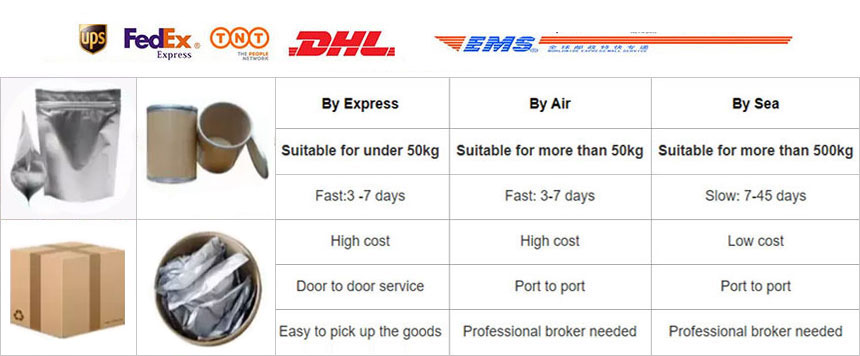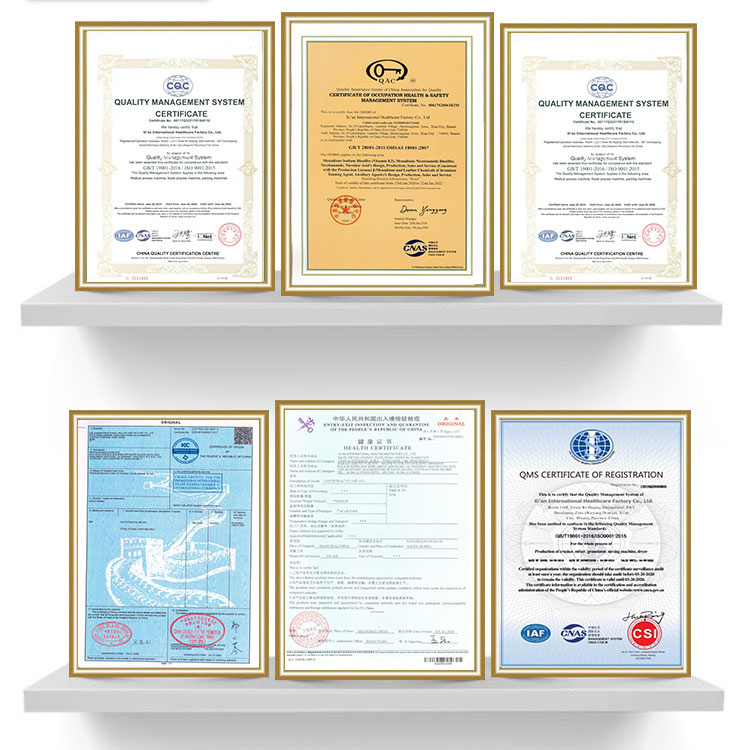Phone: 86-29-89601602
Mail: sales27@interlgroup.com
Add: Room 305 , 3/F , Haipai Decoration Office Building , Yudu Avenue , Yuncheng , Shanxi
Sasapyrine powder Raw Materials CAS 552-94-3
Product Overview:
Sasapyrine is a drug name that usually refers to a combination of aspirin and salicylic acid, more precisely salicylic acid (Salsalate). Although it has "aspirin" in its name, Sasapyrine itself is not aspirin, but a nonsteroidal anti-inflammatory drug (NSAID) in the salicylate class.
Sasapyrine powder Raw Materials CAS 552-94-3 Attributes
CAS:552-94-3
MF:C14H10O5
MW:258.23
EINECS:209-027-4
Specification:Sasapyrine powder
Sample:Sasapyrine powder Avaliable
Appearance:brown powder
Storage: Cool Dry Place
Brand:Global ASAP Nutrition Factory
Shelf Life: 2 Years
Test Method: HPLC
Sasapyrine powder Raw Materials CAS 552-94-3 Details
Sasapyrine powder is a head-to-tail salicylic acid dimer that does not stimulate gastric mucosa and has no inhibitory effect on platelets. Salicylic acid drugs are common non-steroidal anti-inflammatory drugs. Sasapyrine is widely used as antipyretic, analgesic, anti-inflammatory and anti-rheumatic drugs, and its effects on lowering blood sugar and preventing and treating thrombotic diseases have also attracted attention.
Osteoarthritis: Relieve pain, swelling and stiffness caused by osteoarthritis.
Rheumatoid Arthritis: Relieve inflammation and pain symptoms of rheumatoid arthritis.
Other arthritis and joint diseases: For example, acute attacks of ankylosing spondylitis and gouty arthritis.
Musculoskeletal pain: For example, muscle strains, sprains, low back pain, tenosynovitis, etc.
Mild to moderate pain: For example, headaches, toothaches, dysmenorrhea, etc.
Sasapyrine Drug Interactions.
With other NSAIDs (including aspirin): Co-use may increase the risk of gastrointestinal bleeding, kidney damage, etc., and should be avoided.Anticoagulants (such as warfarin, heparin): Although Sasapyrine itself has a weak effect on platelet aggregation, it may still increase the risk of bleeding. Caution should be exercised when used in combination, and coagulation indicators should be monitored.
Glucocorticoids: Co-use may increase the risk of gastrointestinal ulcers and bleeding.
Selective serotonin reuptake inhibitor (SSRI) antidepressants: Co-use may increase the risk of gastrointestinal bleeding.
Diuretics: NSAIDs may reduce the diuretic effect of diuretics and increase the risk of kidney damage.
Angiotensin-converting enzyme inhibitors (ACEI) and angiotensin receptor blockers (ARB): NSAIDs may reduce the antihypertensive effect and increase the risk of kidney damage.
Digoxin: NSAIDs may increase digoxin blood concentrations and increase the risk of digoxin toxicity.
Lithium: NSAIDs may increase lithium blood concentrations and increase the risk of lithium toxicity.
Methotrexate: NSAIDs may inhibit the excretion of methotrexate and increase the risk of methotrexate toxicity.










